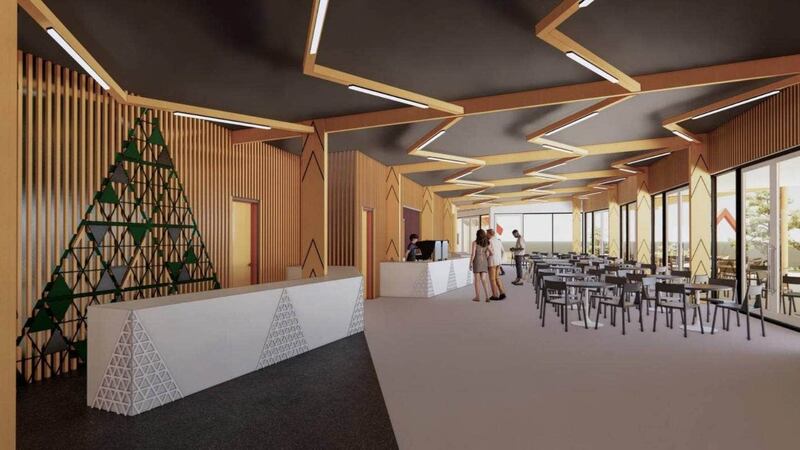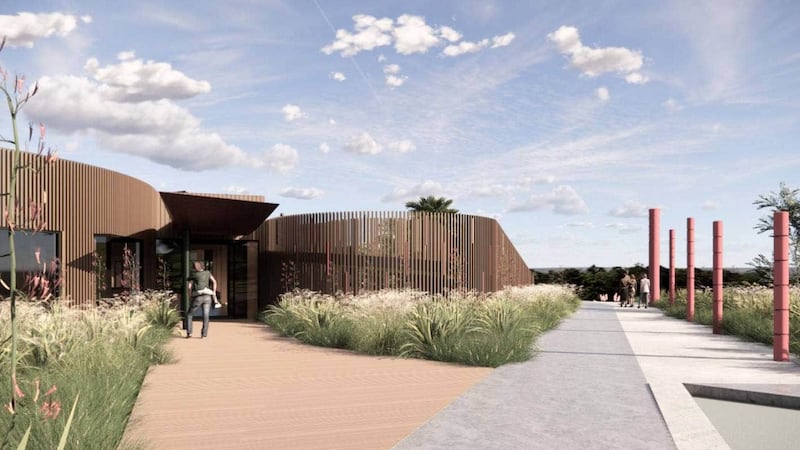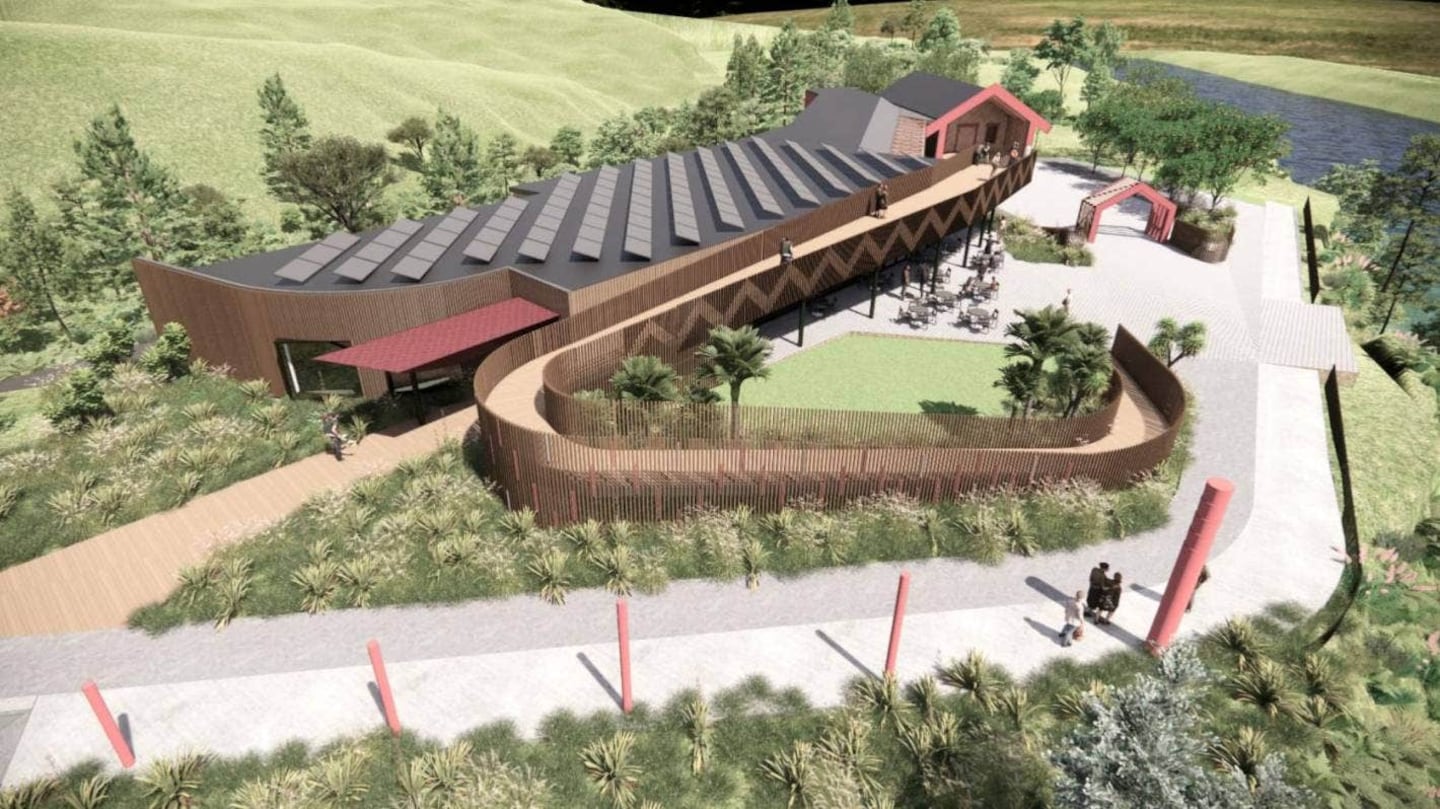“Amazing” plans have been revealed for a Rangitāne marae and cultural centre at Palmerston North’s Te Motu o Poutoa overlooking the Manawatū River.
Mayor Grant Smith told the city council’s Rangitāne o Manawatū committee the near 1000sq m building and lookout could be one of the most important projects the city had embarked on.
“It does restore the mana, identity and status of the site,” he said.
The former cultural landmark later known as Anzac Park or Pork Chop Hill had its height reduced to provide fill for what is now Summerhill Drive back in the 1960s, and was currently little more than a car park used for “dubious activities”.
The price tag for the new facility could be around $15 million, an investment Palmerston North residents would be invited to comment on during next year’s long-term plan consultation.
The concept designs have been developed by a joint committee under guidance of project director Steve Bramley.
He said the project should reflect an authentic relationship between the council and Rangitāne, and create a “must go to” destination and experience for locals and for visitors.
The site had challenges, with no services there, with a building set-back line from the cliffs and a slope on the other side dictating a narrow platform for the new centre.
Cliff Rd would also need to be upgraded at a price of about $2m to create passing bays for buses carrying some of the possible 100,000 visitors a year.
The building would provide for a variety of uses, from the formal marae, to the 200-seat cafe, meeting rooms, a retail shop and gallery, and capacity to host overnight stays for up to 80 people.

It would be available for cultural and civic events, education, and casual drop-in visits.
And above, there would be a lookout that would come close to restoring the height that had been such a valuable vantage point for Rangitāne.
It would be a place anyone could come and enjoy, with a pathway along the clifftop inviting walkers to come into the cafe and gallery to admire the views of the city and the river.
Bramley said the plan landed somewhere between a $53m dream that could have included a hotel, restaurant and some sort of lift access, and a landscaped reserve with no buildings.
“We are recommending that if you want to achieve your objectives, you can’t do something meaningful for less.”
The building would have solar panels on the roof. It would collect rainwater, and the site would be planted with natives in a way that helped manage stormwater.
Rangitāne representative on the joint council committee Danielle Harris described the plans as “absolutely amazing”.

She said it would be a legacy, a sustainable and inclusive place.
It would deliver value for money, and create a taonga for everybody.
Cr Karen Naylor was more hesitant.
She said she had not quite expected work on a reserve management plan to come up with a 972sqm building and a $15m price tag.
Work on the project so far had been paid for from the Government’s “Better off” funding as part of the earlier version of the Three Waters reforms.
More detail about the construction and ongoing costs of the centre would be presented to the community next year for consultation.
-Stuff

